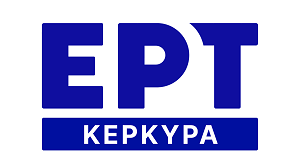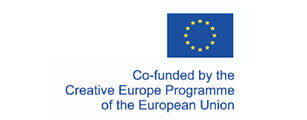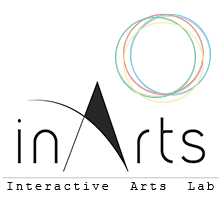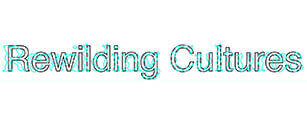Main idea
This work poses the question of the perception (audio and visual) of the change of a place in transition from one era to another alongside its effect on human biology. The main tools used are stereoscopic and stereophonic - "binary" - systems to which the image - sound stimuli of the landscapes that we could describe as "natural" (elements, nature, human) and "artificial" (mechanical and digital noise) are directed.
Research questions
The question that arises is what is our sensory reaction to the natural and artificial visual and sound landscape as well as how the acoustic change between these landscapes is perceived by the human nerve cell.
Conceptual framework
The framework of environmental recordings is based on the studies of Steven Feld and Murray Shafer on the concepts of sound and the relationships between acoustic environments and socio-technical changes.
The 'sonic naturalism' that Shafer deals with involves the a priori separation between 'sound' and 'noise'. For Shafer, recording was a way to map the acoustic health of sound environments (or "acoustic ecologies").
He believed that the low-fidelity "noise" of modernity had polluted our high-fidelity soundscapes. As this suggests, "sound" functioned as auditory perception of the physical environment.
Steven Feld on the other hand, as he developed his idea of sonic ethnography, would move away from and to some extent position himself against Shafer's acoustic ecology. Feld used the concept of "soundscape" to describe acoustic environments. But he was also critical of the term, believing that it imparts a perceptual distance from our situation.
In this work, the ontological poetics of Amorgos is presented in transition between three essentially eras with the tools of the 2-dimensional image - with the technique of split images -, the stereoscopic image and the stereophonic sound. Binary, essentially, systems which are used either in the "pure" form proposed by Schafer or in the more “fluid” form proposed by Feld.
The way in which human nerve cells react to these stimuli is also the subject of this study. The interaction has the special characteristic that it is not culturally mediated as the nerve cell comes to this relationship unformed, in contrast to its higher levels of organization – in the nervous tissue – which is by definition culturally mediated. While the interaction of sound at the level of the organism (human effect), organ (ear / brain), and even molecule (stimulation of neurotransmitters) has been described, the interaction of sound at the cellular level has not been sufficiently studied.
This approach comes to frame the rest of the work in its oscillation between the theories of Schafer and Feld.
Description
The relatively abrupt reconstruction and development of Amorgos island with infrastructure (marina, digging for fiber optic cables, sewage works) for the purpose of industrialization (with tourism as an industry) of the island is reflected in this work, mixed with the "natural" sounds of the island.
The soundscape as well as the visual landscape were recorded using microphones and a mobile camera and the outcome is used either as a 2D split screen image, or as a 3D image, using Virtual Reality glasses. Also there is visualization of nerve cells responding to the same sound stimuli by forming synapses.
Conclusions
The project presents the clear differentiation of the soundscape of the island due to the reconstruction and the new association of man with his natural environment is rendered acoustically and visually.
The final form of the work is a stereophonic and stereoscopic video where audio and visual states are alternated and reproduced simultaneously provoking the sensory response of the viewer/listener but also an unconscious comparison with the activity of “objective” nerve cells isolated from cultural influences.
References
Cristina Grasseni, Bart Barendregt, Erik de Maaker, Federico De Musso, Andrew Littlejohn, Marianne Maeckelbergh, Metje Postma, Mark R. Westmoreland. «Audiovisual and Digital Ethnography: A Practical and Theoretical Guide»
Eduardo Kohn. « Anthropology of Ontologies»
Mélanie Bourlet, Marie Lorin, and Katell Morand. “Representing the Poetics of Place: A Conversation with Steven Feld, by Katell Morand”
R.M. Schafer. “The Soundscape: Our Sonic Environment and the Tuning of the world”
Heidi Teppola, Jertta-Riina Sarkanen, Tuula O. Jalonen, Marja-Leena Linne. “Morphological Differentiation Towards Neuronal Phenotype of SH-SY5Y Neuroblastoma Cells by Estradiol, Retinoic Acid and Cholesterol”
Kostis Gardikis was born in Athens in 1979.
He has studied classical guitar, harmony and composition as well as vocals.
He also has a degree in Pharmacy (2003), a Master's degree (2005) and a PhD (2010) in nanotechnology.
With the nickname “Dance with Invisible Partners”, he composes music and does sound design and production for theater, film and visual poetry while performing live dark pop shows either solo or as a quartet.
He is also a founding member, composer, sound designer and producer of the experimental collective "lokatola".
Back














